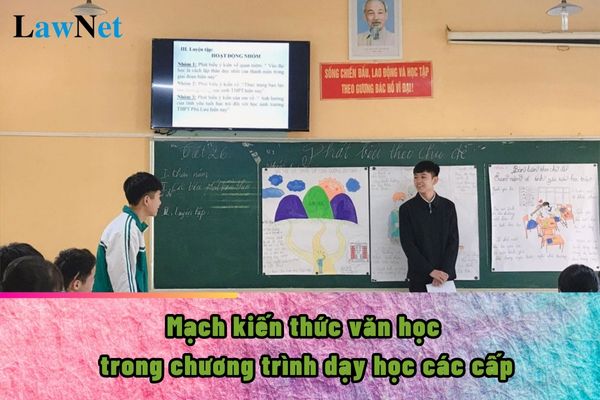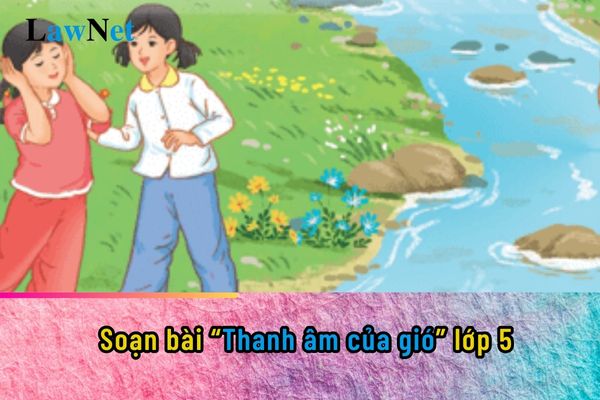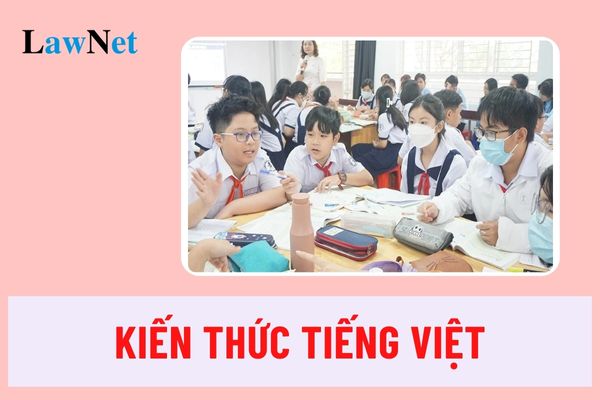What are a simple sentence and a compound sentence according to the Literature knowledge in Vietnam? What are types of compound sentences in Vietnam?
Which grade are the latest Vietnamese Language education program applied to?
Based on the regulations in Article 2 of Circular 32/2018/TT-BGDDT:
The general education program is implemented according to the following timeline:
1. From the 2020-2021 academic year for grade 1.
2. From the 2021-2022 academic year for grades 2 and 6.
3. From the 2022-2023 academic year for grades 3, 7, and 10.
4. From the 2023-2024 academic year for grades 4, 8, and 11.
5. From the 2024-2025 academic year for grades 5, 9, and 12.
Based on Section 1 of the General Education Literature Program issued with Circular 32/2018/TT-BGDDT:
SUBJECT CHARACTERISTICS
Literature is a subject under the field of Language and Literature education, taught from grade 1 to grade 12. In primary education, this subject is called Vietnamese; in lower and upper secondary education, it is called Literature.
Literature is both a functional and an aesthetic-humanistic subject; it provides students with a means of communication, serving as a foundation for learning all other subjects and educational activities in schools. At the same time, it is also an important tool for educating students about the noble values of culture, literature, and national language; fostering in students healthy emotions, humanistic feelings, a kind and altruistic lifestyle, etc.
...
The most recent literature education program will be applied to students from grades 1 to 12 in the 2024-2025 academic year, with the subject names as follows:
- Primary education: Vietnamese
- Lower and upper secondary education: Literature.
>> See the 2018 General Education Literature Program issued with Circular 32/2018/TT-BGDDT: Download

What are a simple sentence and a compound sentence according to the Literature knowledge in Vietnam? What are types of compound sentences in Vietnam? (Image from Internet)
What are a simple sentence and a compound sentence according to the Literature knowledge in Vietnam? What are types of compound sentences? What are the conjunctions used to connect the clauses of compound sentences?
The explanations for these issues and detailed examples are as follows:
(1) "What is a simple sentence?": It is a sentence that only has one subject-predicate phrase.
For example:
Trời đang mưa to. (It is raining heavily.)
Lan đang học bài. (Lan is studying.)
(2) "What is a compound sentence?": It is a sentence that has two or more subject-predicate phrases that are closely related to each other in terms of semantics.
For example:
Trời mưa to, đường trơn trượt. (It is raining heavily; the road is slippery.)
Vì trời mưa nên em không đi học được. (Because it is raining, I can't go to school.)
(3) Types of compound sentences:
Compound sentences are connected in various ways, creating diverse types of compound sentences:
- Sequential compound sentences: The clauses express events occurring one after another.
For example: Mẹ đi chợ, mua rau và cá. (Mother goes to the market, buys vegetables and fish.)
- Contrast compound sentences: The clauses express opposing events.
For example: Trời nắng chang chang nhưng em vẫn đi ra ngoài. (It is sunny, but I still go outside.)
- Cause-and-effect compound sentences: The preceding clause expresses the cause, the following clause expresses the result.
For example: Vì hôm nay trời mưa nên em ở nhà. (Because it is raining today, I stay home.)
- Conditional compound sentences: The preceding clause states the condition, the following clause states the result.
For example: Nếu trời nắng, chúng ta sẽ đi chơi công viên. (If it is sunny, we will go to the park.)
- Progressive compound sentences: The clauses are arranged in a gradually increasing or decreasing order.
For example: Không những Lan học giỏi mà bạn ấy còn rất chăm chỉ. (Not only is Lan good at studying, but she is also very diligent.)
- Enumerative compound sentences: The clauses list objects or events of the same type.
For example: Trên bàn có bút, thước, và sách. (On the table are pens, rulers, and books.)
(4) The conjunctions to connect the clauses in compound sentences:
The conjunctions commonly used to connect the clauses in compound sentences include:
- Expressing sequential relations: và, rồi, lại, nữa,... (and, then, again, also,...)
- Expressing contrast relations: nhưng, mà, tuy nhiên,... (but, however, although,...)
- Expressing cause-and-effect relations: nếu, thì,... (because, so, since,...)
- Expressing conditional relations: if, then,...
- Expressing progressive relations: không những - mà, càng - càng,... (not only - but, the more – the more,...)
- Expressing choice relations: hoặc, hay,... (or, either,...)
When do students in Vietnam learn about using simple or compound sentences, the types of compound sentences, and the conjunctions to connect the clauses in compound sentences?
Based on sub-section 2 of Section 5 of the General Education Literature Program issued with Circular 32/2018/TT-BGDDT, students in grade 9 will learn about choosing simple or compound sentences, the types of compound sentences, and the conjunctions to connect the clauses in compound sentences.
In addition, for Vietnamese language knowledge, grade 9 students will also learn the following contents:
- Differences in meaning of some easily confused Sino-Vietnamese elements (for example: dong in dong dao, dong am, dong minh; minh in thanh minh, minh oan, u minh)
- Allusions and idioms (for example: Nguu Lang - Chuc Nu, Tai ong that ma): characteristics and effects
- The meaning and usage of abbreviations for important international organizations (such as: UN, UNESCO, UNICEF, WHO, WB, IMF, ASEAN, WTO,...)
- Transforming and expanding sentence structures (changing the order of sentence components, adding auxiliary components, etc.): characteristics and effects
- Elliptical and special sentences: characteristics and functions
- Literary rhetoric of puns, alliteration, and rhyme: characteristics and effects
- Differences between direct and indirect speech; punctuation usage in direct and indirect speech
- Text types and genres










- What are procedures for withdrawal from the Vietnam Association for Promoting Education?
- All contents of the Literature subject for grade 10 students in Vietnam
- Who are eligible for lunchtime support policy for preschool children in Vietnam?
- What are procedures for awarding the title of Honorary Doctorate to teachers in Vietnam?
- Are students who receive state scholarships to study abroad required to reimburse training costs when they do not return to Vietnam to work for authorized state agencies?
- Formula for calculating the area of a circle in the grade 5 curriculum in Vietnam
- Is there a limit on the number of students undertaking scientific research projects in Vietnam?
- According to the 2018 General Education Program, how is physics education implemented at three educational levels?
- Sample speech on the Mid-Autumn Festival in 2024 in Vietnam
- What are regulations on the knowledge of Literature for all levels in Vietnam?

